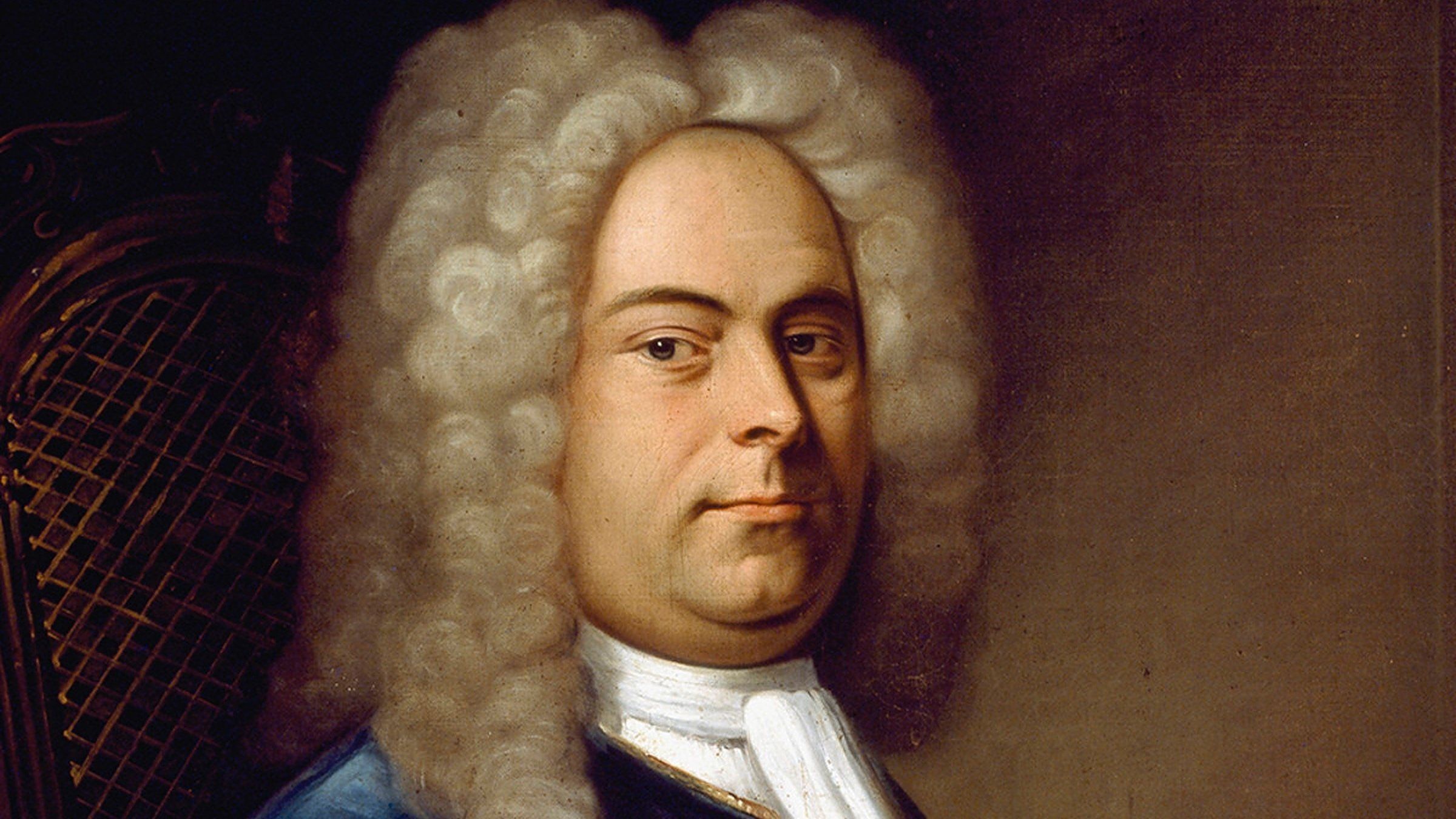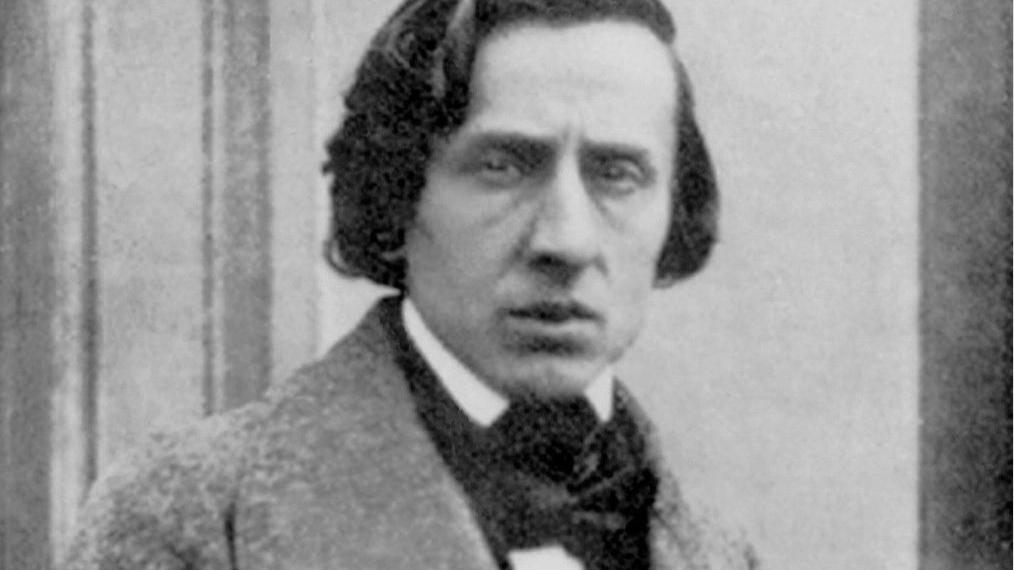Galina Vishnevskaya Sings Tchaikovsky: “Iolanta’s Aria” and “Lullaby”
Composed in 1891, Iolanta, Op. 69 was Tchaikovsky’s eleventh and last completed opera. On the evening of December 18, 1892, it shared a double premiere with the ballet, The Nutcracker, at Saint Petersburg’s Mariinsky Theatre. Mahler conducted the Vienna premiere in 1900. Then, the work fell into relative obscurity. Set in one act, Iolanta is based on a story by the Danish writer, Henrik Hertz (1798–1870). Iolanta is a fifteenth century French …







